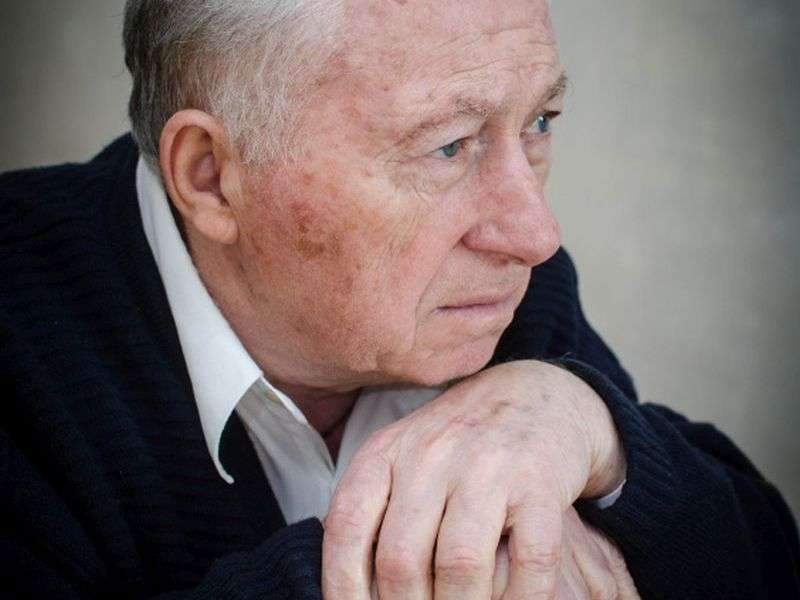(HealthDay)—For men with prostate cancer there is no difference in acute genitourinary or sexual dysfunction between 6- and 2-fraction high-dose-rate (HDR) brachytherapy monotherapy, according to a study published online Aug. 29 in the Journal of Medical Imaging and Radiation Oncology.
Omar Ragab, M.D., from the University of Southern California in Los Angeles, and colleagues conducted a retrospective study involving 116 men with prostate cancer treated with HDR monotherapy from 2010 to 2015. Eighty-one and 35 men had 7.25 Gy × 6-fractions and 13.5 Gy × 2-fractions, respectively. Patients underwent two computed tomography-planned implants spaced one to two weeks apart. Pre-treatment and at three, six, and 12 months post-implantation, patient baseline characteristics, International Prostate Symptom Scores (IPSS), and Sexual Health Inventory for Men (SHIM) scores were collected.
The researchers found that there was no difference between the 6- and 2-fraction groups in baseline and post-implantation IPSS scores. Men treated with 6-fractions had a steeper decline in SHIM scores at one to six months, but it resolved at seven to 12 months. Worse short-term acute urinary toxicity was seen with pre-treatment alpha-blocker use. There was a correlation for worsened SHIM score with increasing age, diabetes mellitus, and androgen-deprivation therapy. Prostate V150 dose and bladder wall dose correlated with increased IPSS score in a dosimetric analysis of outcomes.
"Future research should continue to standardize and validate dose constraints for prostate HDR monotherapy patients," the authors write.
More information:
Abstract
Full Text (subscription or payment may be required)
Copyright © 2017 HealthDay. All rights reserved.



















